An overview article, which has been published in WIREs Energy and Environment, explores the growth consequences of the shift to a low-carbon economy.
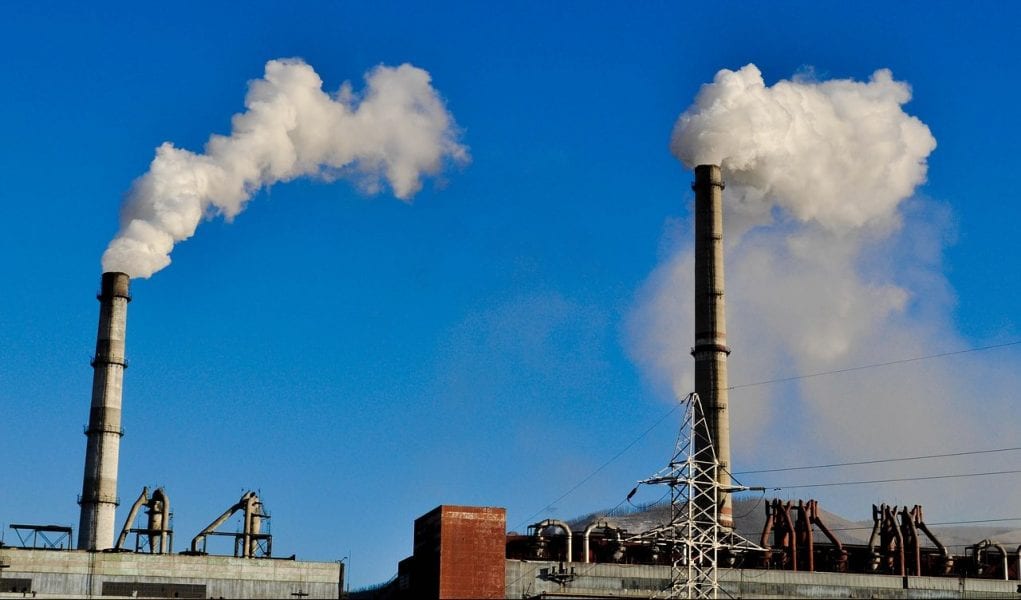


An overview article, which has been published in WIREs Energy and Environment, explores the growth consequences of the shift to a low-carbon economy.

A biomolecular adsorption layer (corona) forms on essentially all nanoparticles immersed in biological fluids, and governs their interactions with the biological environment. Key aspects of protein corona formation and its structure and dynamics have yet remained elusive and call for further investigations.
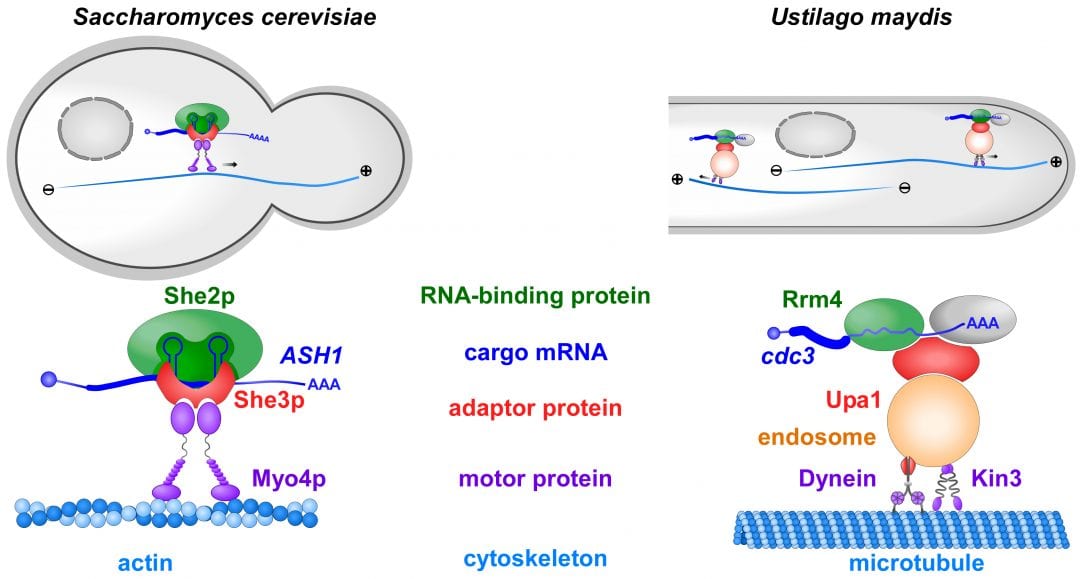
The study of simple fungal model organisms provides valuable insights into fundamental mechanisms of mRNA transport boosting the understanding of similar events in higher eukaryotes.
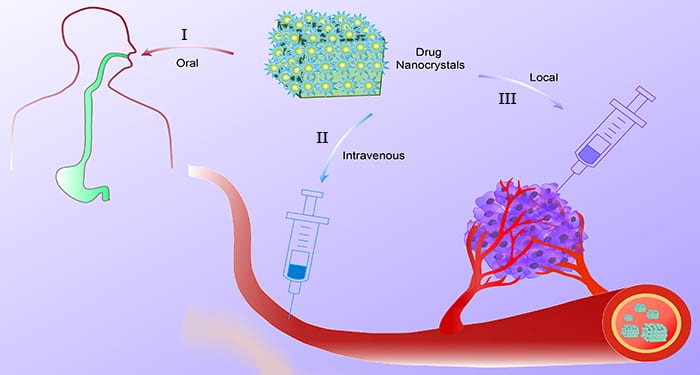
Drug nanocrystals deliver drugs via oral, intravenous, and local administration and show promise towards treating cancer more effectively.

Cyclic-di-GMP regulation of bacterial virulence is specific to each pathogen, strain, and type of infection. Differences in the composition and structure of extracellular matrix components could underlie the variation in immune response in the mammalian host.
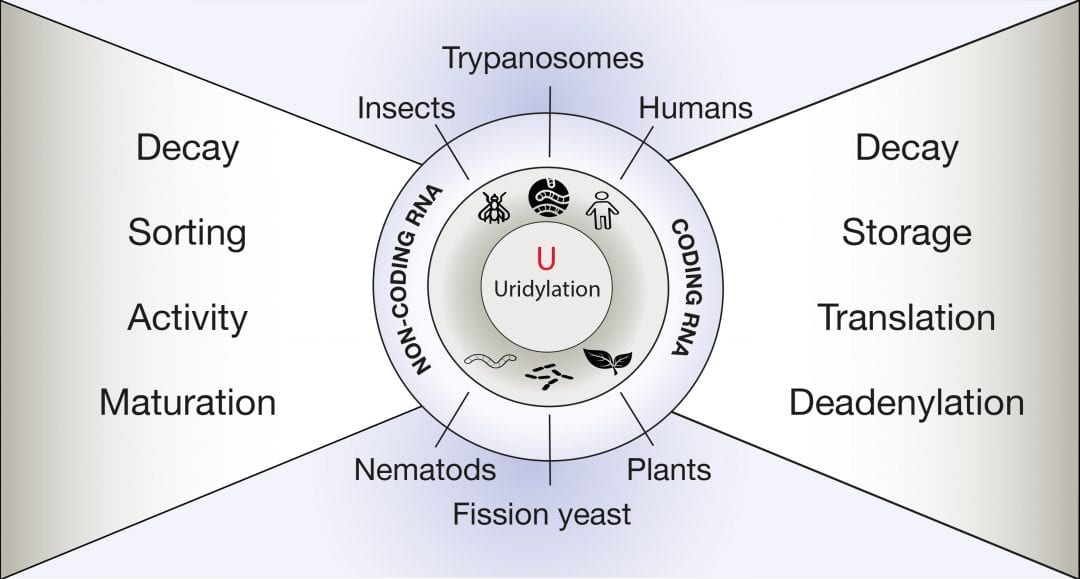
Uridylation is a widespread post-transcriptional modification impacting the fate of coding and non-coding RNAs in eukaryotes.
A systemic approach to evaluation of biomass potential has been missing in the academic debate, and needs to be addressed.
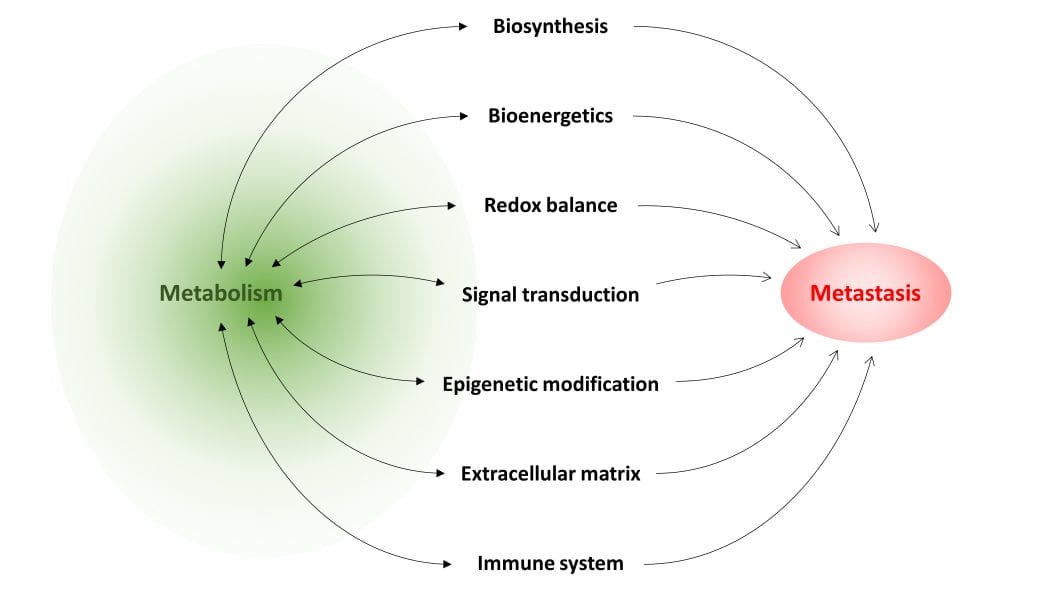
Metabolism promotes metastatic progression and supports metastatic cancer cells through diverse, interlinked and overlapping mechanisms.
Heather Golden and Nahal Hoghooghi address how recent and future research can provide insights on the efficacy of LID practices at catchment scales.
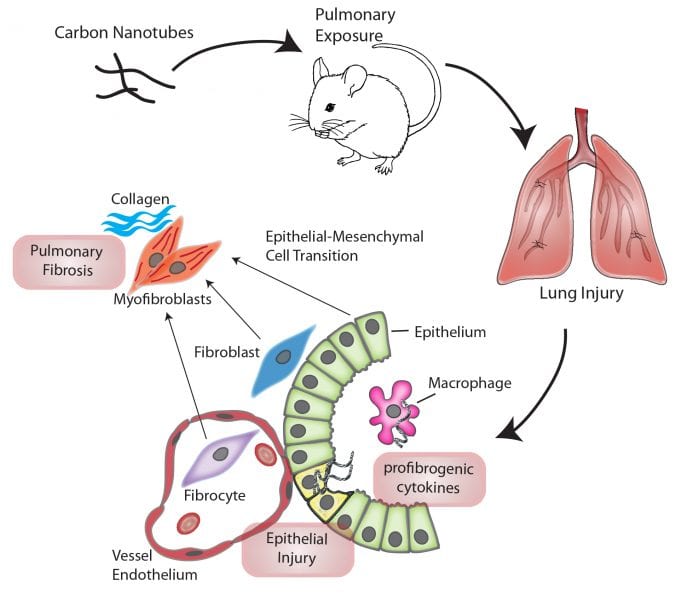
Pulmonary exposure to carbon nanotubes can result in direct interaction with cells in the lung and result in an increased myofibroblast population thereby enhancing fibrogenesis, the severity of which is determined by physicochemical characteristics of the nanotubes and genetic susceptibility.